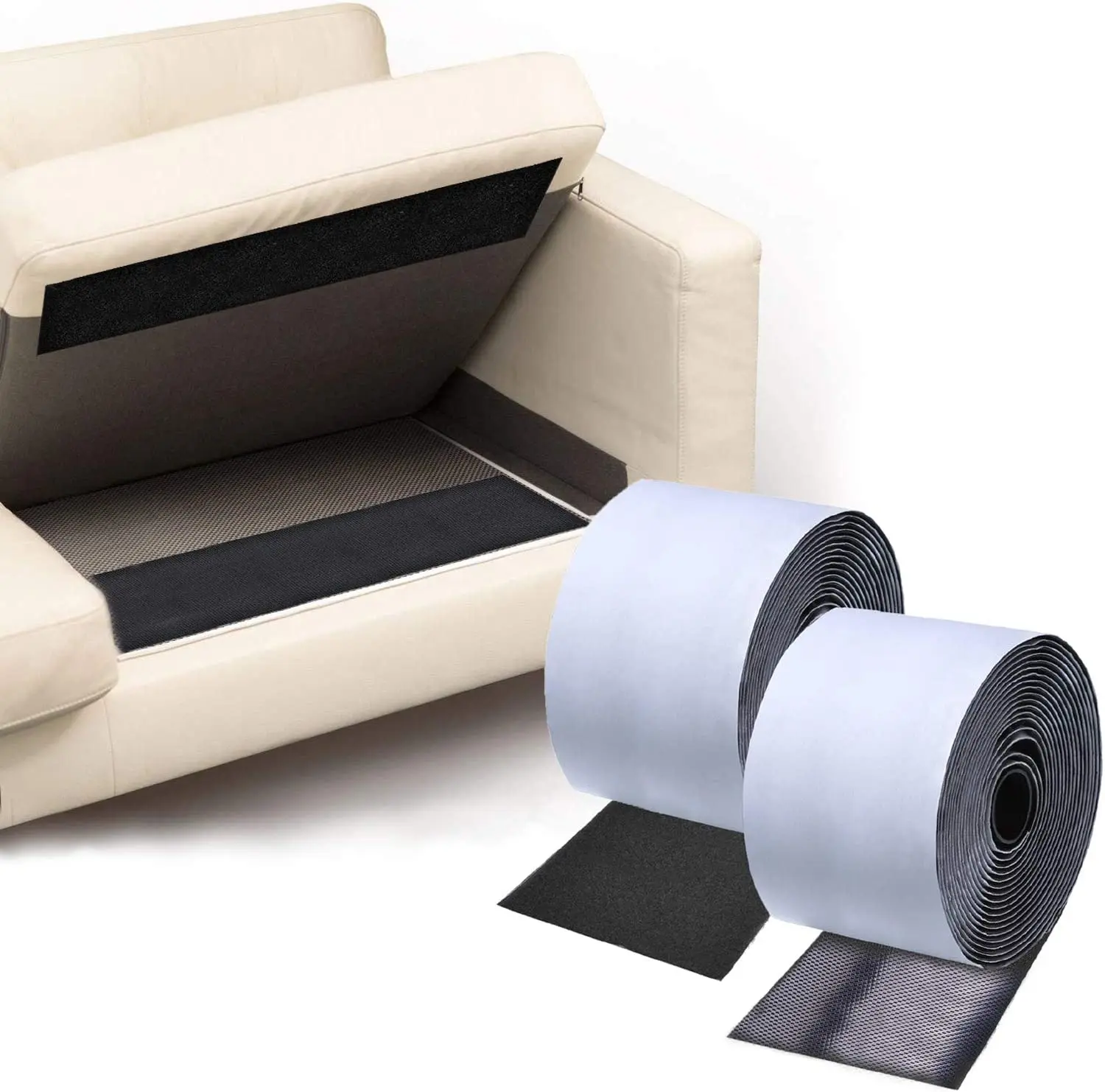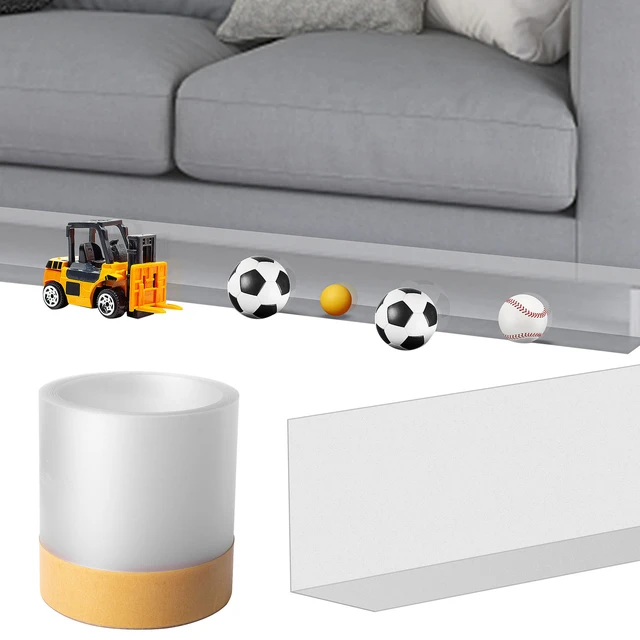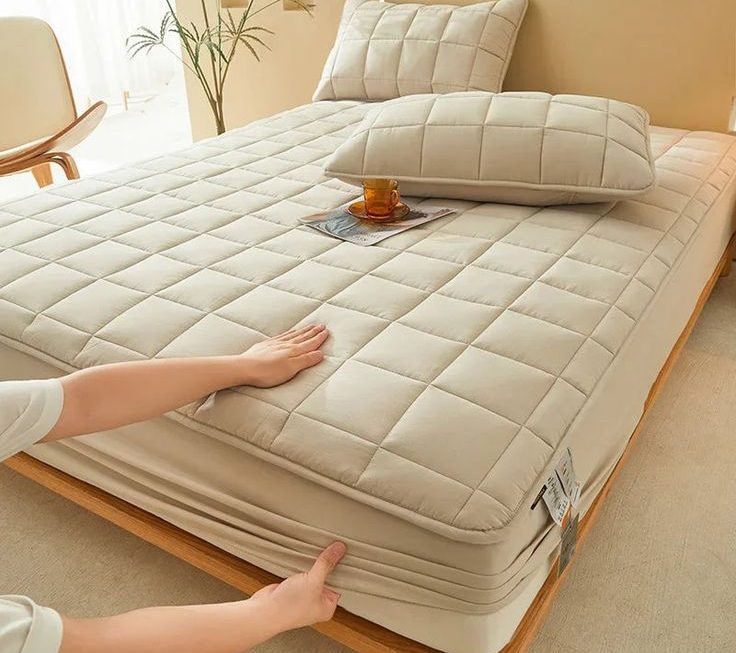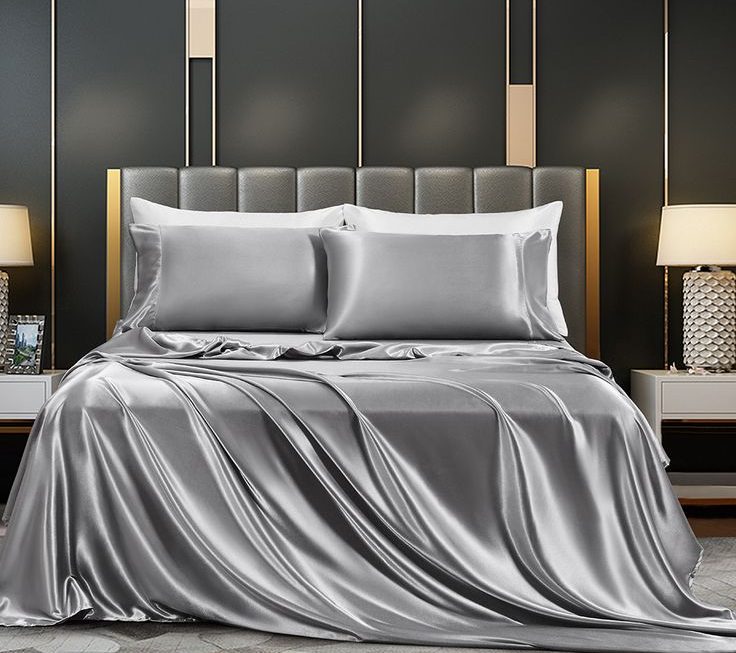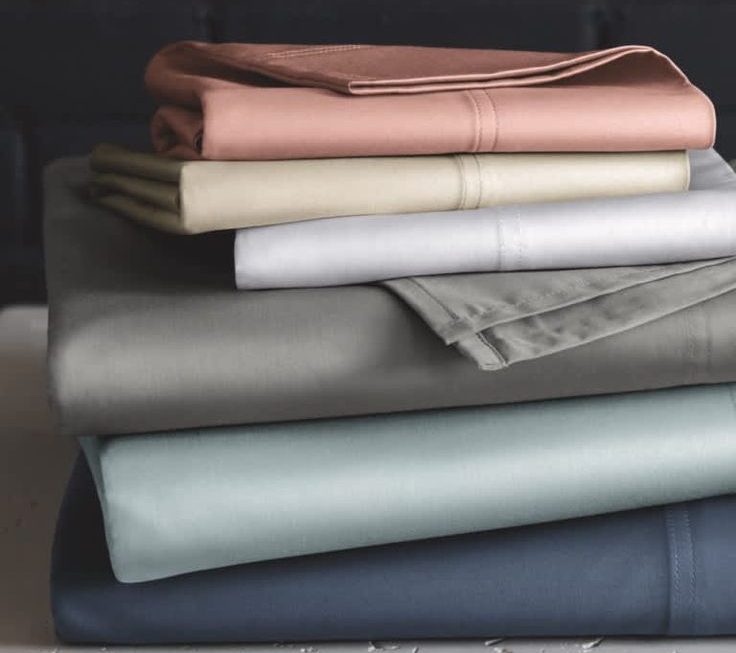 Introduction:
Introduction:
Couch cushions that constantly slide and shift can be frustrating and make your seating area look untidy. Whether you have a fabric or leather couch, there are several simple solutions available to prevent couch cushions from sliding. How to stop couch cushions from sliding? is a question that often troubles everyone.In this comprehensive article, we will explore various methods and products to keep your couch cushions in place. By implementing these solutions, you can enjoy a secure and neatly arranged seating area that remains comfortable and visually appealing.
Materials, Styles, and Types of Couch Cushions:
Couch cushions come in a variety of materials, styles, and types, allowing you to choose options that fit your comfort preferences, aesthetic preferences, and functional needs. Here are some common materials, styles, and types of couch cushions:
Materials:
Foam:
Foam cushions are the most commonly used option for couch cushions. They provide a balance of comfort and support and come in different densities, such as high-density foam for firmness or memory foam for added softness and contouring.
Feather and Down:
Feather and down-filled cushions offer a luxurious and plush seating experience. These cushions are known for their softness and ability to retain their shape over time. However, they may require occasional fluffing to maintain their loft.
Polyester Fiberfill:
Polyester fiberfill cushions are lightweight and affordable. They provide a soft and comfortable seating surface, although they may compress over time and require occasional fluffing.
Latex:
Latex cushions are known for their durability and resilience. They offer excellent support and bounce-back properties, making them suitable for individuals who prefer a firmer seating experience.
Spring or Coil:
Some couch cushions incorporate spring or coil systems within the cushion construction. These cushions provide enhanced support and durability, helping to maintain the shape of the cushion over time.
Styles:
Boxed Cushions:
Boxed cushions have a clean, squared-off appearance with distinct edges and corners. They are commonly used in modern and contemporary designs.
T-Cushions:
T-cushions have a unique shape that extends beyond the armrests of the couch, creating a T-like silhouette. These cushions provide a relaxed and casual look and are often found in more traditional or transitional furniture styles.
Knife-Edge Cushions:
Knife-edge cushions have a simple and streamlined appearance with a single seam along the edges. They offer a versatile style suitable for various furniture designs.
Channel-Back Cushions:
Channel-back cushions feature stitched or tufted vertical channels that provide additional support and a distinctive visual appeal. They are commonly used in retro or mid-century modern furniture styles.
Types:
Seat Cushions:
Seat cushions are placed on the couch’s seating surface, providing comfort and support for sitting. They come in various shapes and sizes to fit different couch designs.
Back Cushions:
Back cushions are positioned against the backrest of the couch, offering support for the upper body while sitting. They can be attached or removable, depending on the couch design.
Armrest Cushions:
Armrest cushions provide padding and comfort for resting arms while seated. They can be attached to the couch or separate cushions placed on the armrests.
Scatter Cushions:
Scatter cushions, also known as throw pillows, are decorative cushions placed on the couch for added comfort and style. They come in various shapes, sizes, and designs, allowing for customization and personalization of the couch’s appearance.
When choosing couch cushions, consider the material that best suits your desired level of comfort and durability. Additionally, select a style and type of cushion that complements your furniture design and personal aesthetic preferences. By choosing the right combination of materials, styles, and types, you can create a comfortable and visually appealing seating area in your living room.
How to stop couch cushions from sliding? Let me introduce the method:
Gripper Pads:
Gripper pads are adhesive pads that can be attached to the bottom of your couch cushions.
Measure the size of your cushions and cut the gripper pads accordingly.
Peel off the backing and firmly press the gripper pads onto the bottom of the cushions.
The gripper pads will create friction between the cushions and the couch, preventing them from sliding.
Velcro Strips:
Velcro strips can be used to securely attach the cushions to the couch.
Attach one side of the Velcro strip to the bottom of the cushion and the corresponding side to the couch.
Make sure the Velcro strips are aligned properly to ensure a strong attachment.
Press the cushion firmly onto the couch to secure it in place using the Velcro strips.
Non-Slip Shelf Liner:
Non-slip shelf liner can be an effective solution for preventing couch cushions from sliding.
Cut the liner to the size of your cushions and place it between the cushion and the couch.
The rubberized texture of the shelf liner will create friction and keep the cushions in place.
Hook-and-Loop Fasteners:
Hook-and-loop fasteners, commonly known as Velcro, can be used to hold couch cushions in place.
Sew or attach the hook side of the fastener to the couch and the loop side to the bottom of the cushions.
When placing the cushions on the couch, press them firmly to create a secure bond between the hook and loop fasteners.
Rubber Rug Grippers:
Rubber rug grippers are designed to keep rugs from sliding, but they can also be used for couch cushions.
Place the rubber rug grippers on the couch surface, underneath the cushions.
The rubber material will grip both the couch and the cushions, preventing any movement.
Double-Sided Carpet Tape:
Double-sided carpet tape is a strong adhesive tape used to secure carpets, and it can also be used for couch cushions.
Apply the double-sided carpet tape to the couch surface and press the cushions firmly onto it.
The tape will create a strong bond between the couch and the cushions, preventing sliding.
Foam Inserts:
Foam inserts can be placed underneath the cushions to provide additional support and prevent sliding.
Measure the size of the cushions and cut the foam inserts accordingly.
Place the foam inserts on the couch surface before positioning the cushions on top.
The foam inserts will help anchor the cushions in place.
Pillow Grippers:
Pillow grippers are specially designed straps that can secure couch cushions.
Attach the grippers to the corners of the cushions and then wrap the straps around the couch backrest or arms.
Adjust the tension of the straps to hold the cushions securely in place.
Conclusion:
How to stop couch cushions from sliding?Preventing couch cushions from sliding is a simple yet important aspect of maintaining a neat and comfortable seating area.
By implementing the methods and using products such as gripper pads, Velcro strips, non-slip shelf liner, hook-and-loop fasteners, rubber rug grippers, double-sided carpet tape, foam inserts, or pillow grippers, you can keep your couch cushions securely in place. Experiment with different solutions to find the one that works best for your couch and cushions. Enjoy a well-arranged and slip-free seating experience in your living room.
